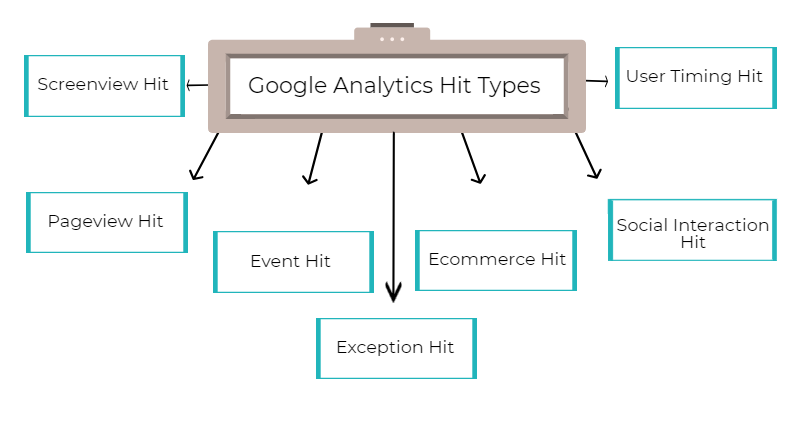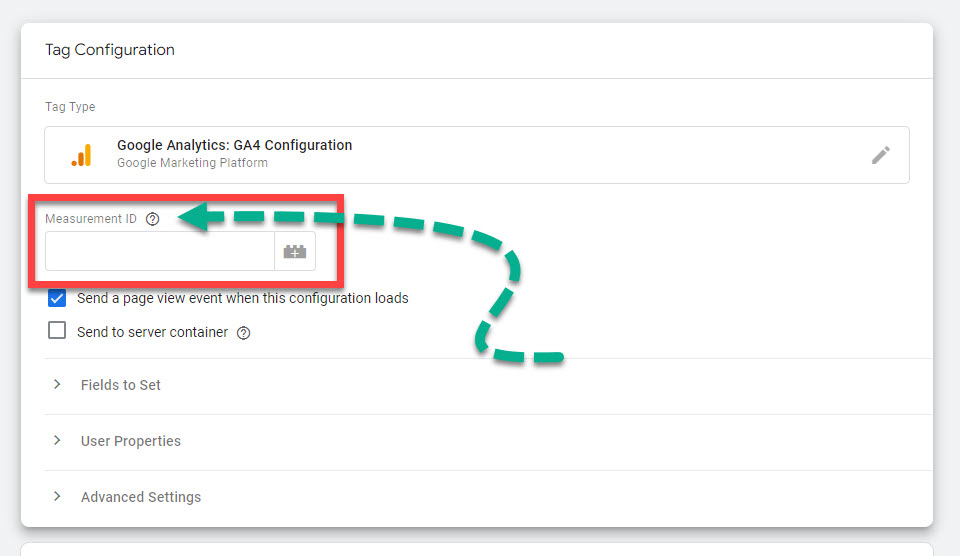Explore When Does the Tracking Code Send an Event Hit to Google Analytics
Opening the Power of Google Analytics: A Step-by-Step Tutorial for Newbies
In the substantial realm of digital advertising, understanding and using the abilities of Google Analytics can be a game-changer for services seeking to optimize their on the internet existence. As a novice delving into this effective device, the trip starts with laying a solid structure by establishing your Google Analytics account. Simply creating an account is simply the tip of the iceberg when it comes to unlocking the full possibility of this analytic giant. Stay tuned to check out the essential steps and methods that will equip you to navigate via the information ins and outs and transform them into actionable understandings that drive purposeful results for your online undertakings.

Setting Up Your Google Analytics Account
Establishing up your Google Analytics account is a basic step in gaining beneficial insights into your site's efficiency and individual behavior. To start, go to the Google Analytics internet site and check in using your Google account credentials. When authorized in, click the "Start totally free" switch and adhere to the triggers to establish your account. You will be asked to offer information regarding your site, consisting of the name, URL, industry classification, and time area.
After supplying these information, you will certainly receive a distinct monitoring ID that requires to be included in your internet site's code. This tracking code enables Google Analytics to gather information on your site's website traffic and individual communications. You can either add the monitoring code by hand to each web page of your website or utilize a web site building contractor or plugin that supports Google Analytics combination.
Once the monitoring code is in location, Google Analytics will start collecting data, which you can then analyze to recognize your site's performance, customer demographics, web traffic sources, and more. When Does The Tracking Code Send An Event Hit To Google Analytics. Establishing up your Google Analytics account is the initial step towards making data-driven decisions to enhance your internet site's efficiency and reach
Recognizing Secret Metrics and Reports
Assessing vital metrics and records in Google Analytics provides crucial insights right into your site's performance and user engagement. Among the essential metrics to recognize is the number of sessions, which stands for the communications users have within a specific duration. Pageviews show the complete variety of web pages seen by site visitors, providing a glance right into the popularity of your web content. The average session period reveals the length of time customers usually invest in your website, suggesting involvement degrees. Bounce price highlights the portion of single-page brows through where customers navigate away without connecting further, potentially signaling issues with material or individual experience.
Furthermore, the procurement reports in Google Analytics reveal how site visitors land on your web site, whether through natural search, paid ads, social media, or referrals. Diving into these key metrics and records equips internet site proprietors to make data-driven decisions to improve performance and customer experience.
Navigating the Google Analytics Control Panel
Upon accessing Google Analytics, individuals are greeted with a thorough dashboard that supplies a centralized introduction of necessary website metrics and data. The control panel is structured to assist individuals browse via different areas effectively. On top of the dashboard, customers can select different sights such as real-time data, audience demographics, procurement channels, actions flow, and much more. have a peek at this website This permits users to conveniently switch between various reports and metrics based on their existing logical demands.
On the left side of the control panel, users can discover the primary navigating food selection. This menu supplies accessibility to various sections like Real-Time, Audience, Purchase, Actions, and Conversions. Each of these sections consists of in-depth records and metrics associated with specific aspects of site performance. By clicking on these menu products, individuals can dig deeper into the data and get useful insights into user behavior, traffic sources, conversions, and much more.

Establishing Goals and Tracking Conversions
To effectively gauge the success of your web site and marketing initiatives, it is essential to establish specific objectives and precisely track conversions within Google Analytics. Establishing goals in Google Analytics permits you to define key actions you desire individuals to take on your web site, such as purchasing, signing up for an e-newsletter, or downloading a source. By tracking conversions, you can assess the performance of your advertising projects and site web content in driving these preferred activities.
To establish objectives in Google Analytics, browse to the Admin area, pick the ideal account, residential property, and sight, and after that click Objectives. There are different kinds of goals you can pick from, such as location goals, duration goals, pages/screens per session objectives, and event goals. As soon as you have actually established your objectives, Google Analytics will certainly begin tracking conversions based upon the requirements you have actually defined.
Tracking conversions supplies valuable insights right into the efficiency of your web site and advertising and marketing approaches, helping you make data-driven choices to optimize your online presence and accomplish your business objectives. (When Does The Tracking Code Send An Event Hit To Google Analytics)
Making Use Of Advanced Qualities and Equipments
Having developed and tracked your goals in Google Analytics, the next step entails using the power of advanced features and tools to improve your information analysis and optimization efforts. One vital innovative function is Custom-made Information, which allows you to customize your reporting to certain requirements by picking the metrics and measurements that matter most to your organization. Customized Alerts are another useful tool that can notify you of substantial modifications in your data, helping you stay informed and responsive to fluctuations.
Making Use Of Sections in Google Analytics allows you to isolate and assess certain parts of your data, providing deeper understandings right into the behavior of various user groups or sections. Additionally, the Multi-Channel Funnels attribute enables you to recognize the complete customer trip throughout various networks and touchpoints, supplying a comprehensive view of exactly how customers interact with your site prior to transforming.
Verdict
To conclude, understanding Google Analytics is important for services to track and assess site performance successfully. By establishing an account, understanding key metrics, navigating the dashboard, setting goals, and using sophisticated attributes, organizations can unlock the power of Google Analytics to make data-driven choices (When Does The Tracking Code Send An Event Hit To Google Analytics). With the capability to track conversions and enhance approaches, browse around these guys organizations can boost their on the internet existence and drive success
Setting up your Google Analytics account is a basic step in gaining valuable insights right into your internet site's efficiency and customer habits. To begin, go to the Google Analytics web site and indication in using your Google account credentials.Analyzing key metrics and records in Google Analytics gives crucial understandings into your site's performance and user involvement.Upon accessing Google Analytics, customers are greeted with an extensive dashboard that gives a central summary of vital site metrics and information. Establishing goals in Google Analytics allows you to specify essential actions you desire customers to take click to read more on your site, such as making a purchase, authorizing up for a newsletter, or downloading a source.